The 2024 Total Solar Eclipse: A Celestial Journey in Five Stages
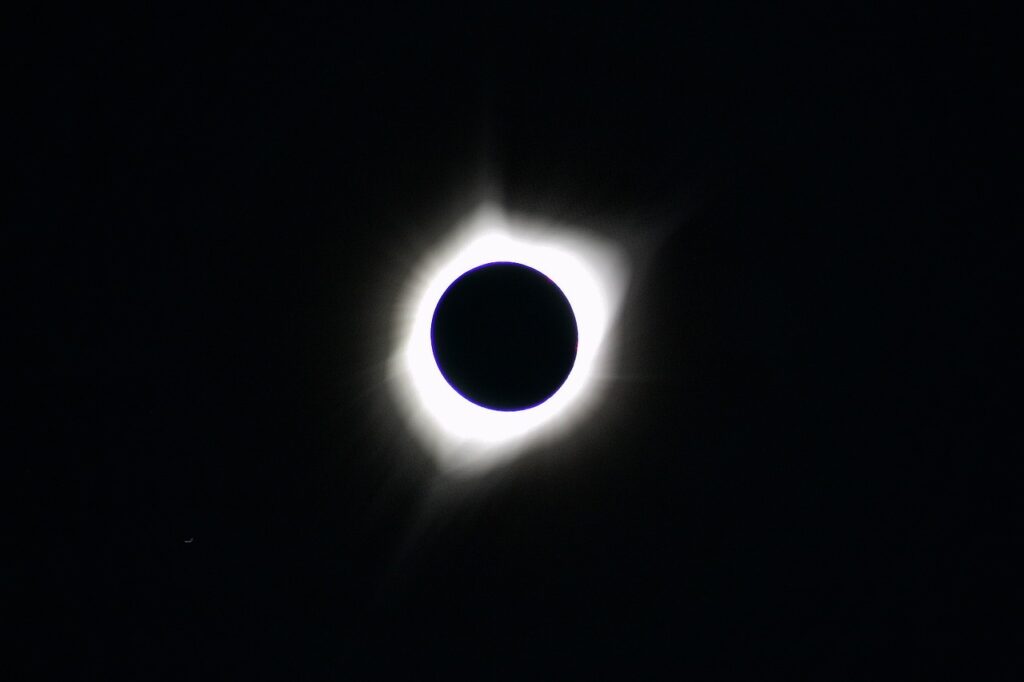
On Monday, April 8, 2024, a total solar eclipse will captivate skywatchers across North America. While the entire continent will experience at least a partial eclipse, a 115-mile-wide path of totality will traverse 15 U.S. states, Mexico, and Canada. As the moon completely obscures the sun’s disk, observers within this narrow band will witness a breathtaking celestial event that unfolds in five distinct stages.
The Eclipse Begins: Partial Phases and Diamond Ring
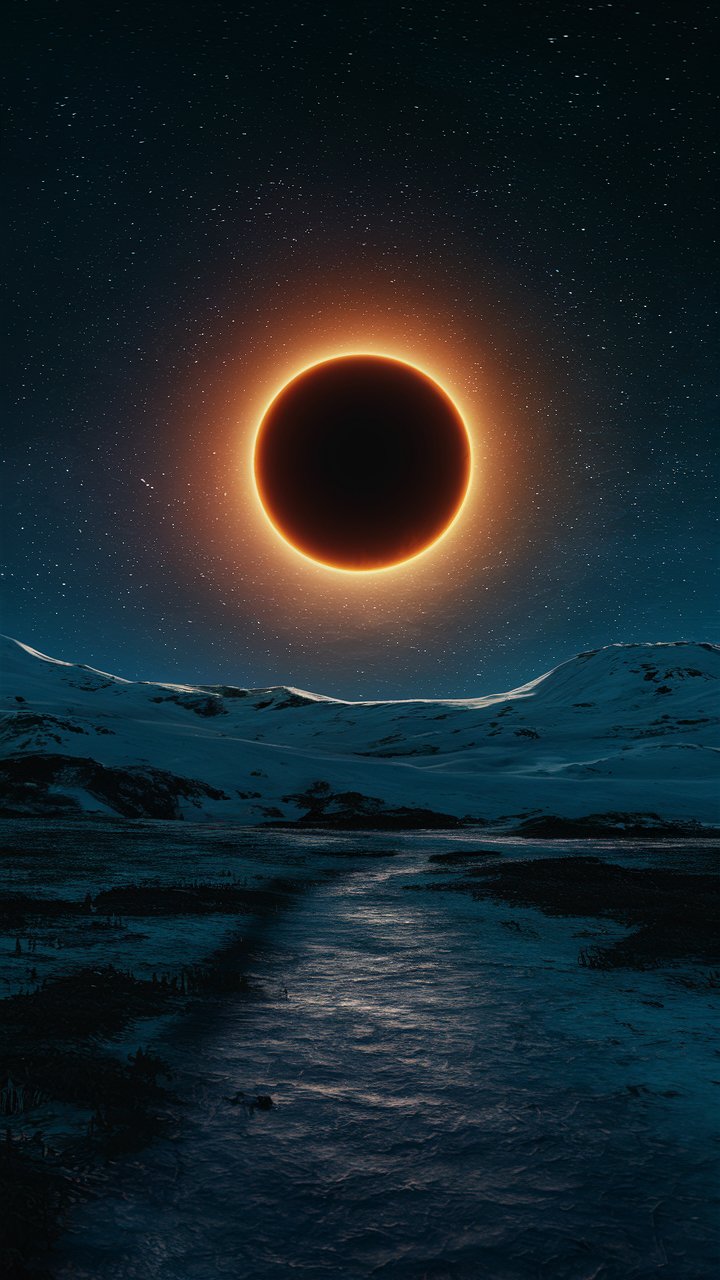
The eclipse begins as the moon starts to pass in front of the sun, initiating a partial solar eclipse. During this phase, the moon’s dark disk will appear to take a growing “bite” out of the sun’s illuminated face. Rapidly moving shadow bands may be visible on surfaces, and Bailey’s beads – caused by sunlight streaming through lunar valleys – may appear along the moon’s edge.
As the partial eclipse nears its conclusion, a single bright spot known as the “diamond ring” will appear at the moon’s edge, signaling the impending totality. This awe-inspiring sight marks the second contact stage and the beginning of the total eclipse.
Skywatchers in Mexico will be the first to witness the diamond ring effect at 11:07 a.m. local time (2:07 p.m. EDT, 1807 GMT), followed by those in the U.S. and Canada. The partial eclipse phase will last between 70 and 80 minutes, providing ample time for observers to appreciate the gradual darkening of the sky.
Totality: The Moon's Shadow and the Solar Corona
During totality, the moon completely covers the sun’s disk, revealing the sun’s outer atmosphere, the corona. This ethereal halo of white streamers is usually obscured by the sun’s bright photosphere. The inner atmosphere, or chromosphere, may also be visible as a wispy aura surrounding the moon.
In the darkened sky, stars and planets normally hidden during daylight hours may become visible. The duration of totality will vary depending on the viewing location, with a maximum of 4 minutes and 28 seconds.
Totality will first be seen in Mazatlán, Sinaloa, Mexico, and will last for 40 minutes and 43 seconds across the country. Skywatchers in the U.S. will collectively experience totality for 67 minutes and 58 seconds, while those in Canada will witness it for 34 minutes and 4 seconds. This brief window of darkness offers a unique opportunity to study the sun’s corona and its impact on Earth’s atmosphere.
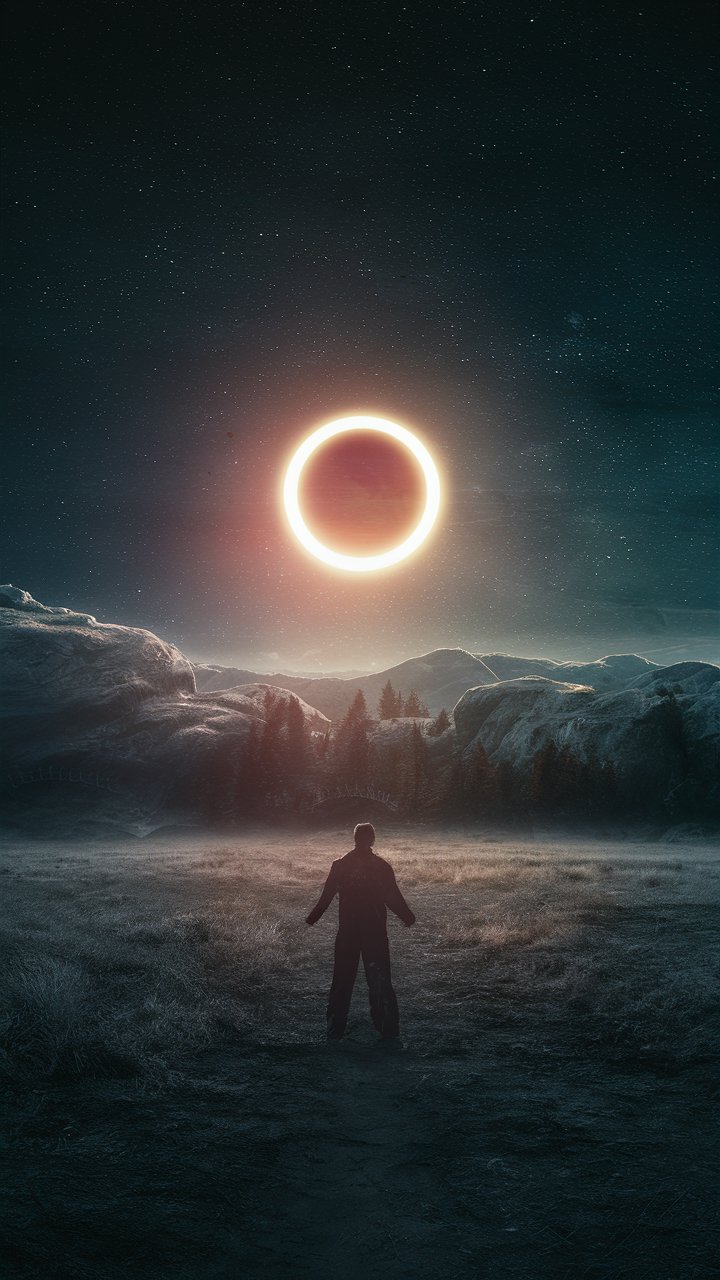
The Eclipse Concludes: Partial Phases and Safety Precautions
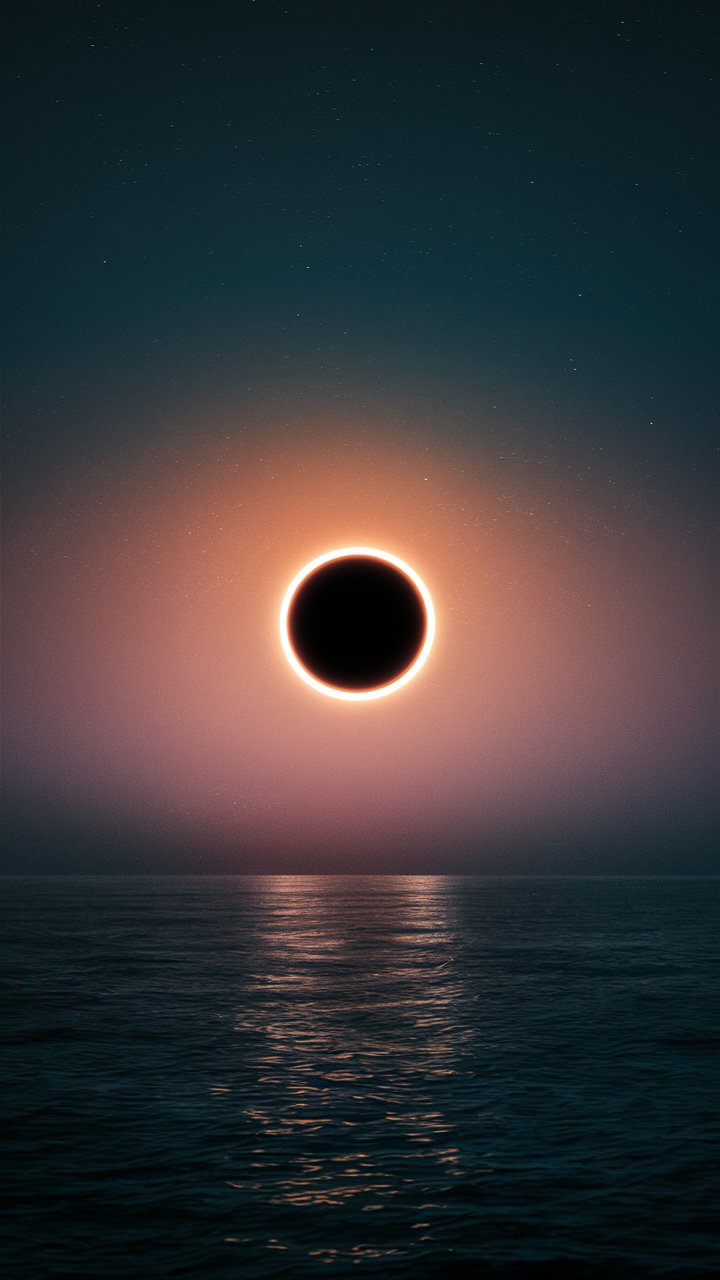
As the moon begins to move away from the sun’s disk, the totality ends, and the second partial eclipse phase begins. Brightening appears on the opposite side of the moon, mirroring the second contact stage. Once again, skywatchers may spot Baily’s Beads and shadow bands.
The eclipse concludes as the moon completely moves away from the sun’s disk. At the fourth contact, the moon no longer partially eclipses the sun, marking the end of the 2024 total solar eclipse.
To safely view any stage of the eclipse, observers must use specialized eclipse glasses or solar filters for telescopes. Sunglasses, no matter how dark, cannot provide adequate protection from the sun’s harmful rays. Skin safety is also crucial during an eclipse, with sunscreen, hats, and protective clothing recommended to shield from sunlight exposure. It is essential to follow proper safety guidelines to prevent eye damage and ensure a memorable and enjoyable eclipse-viewing experience.
Future Eclipses and Solar Research
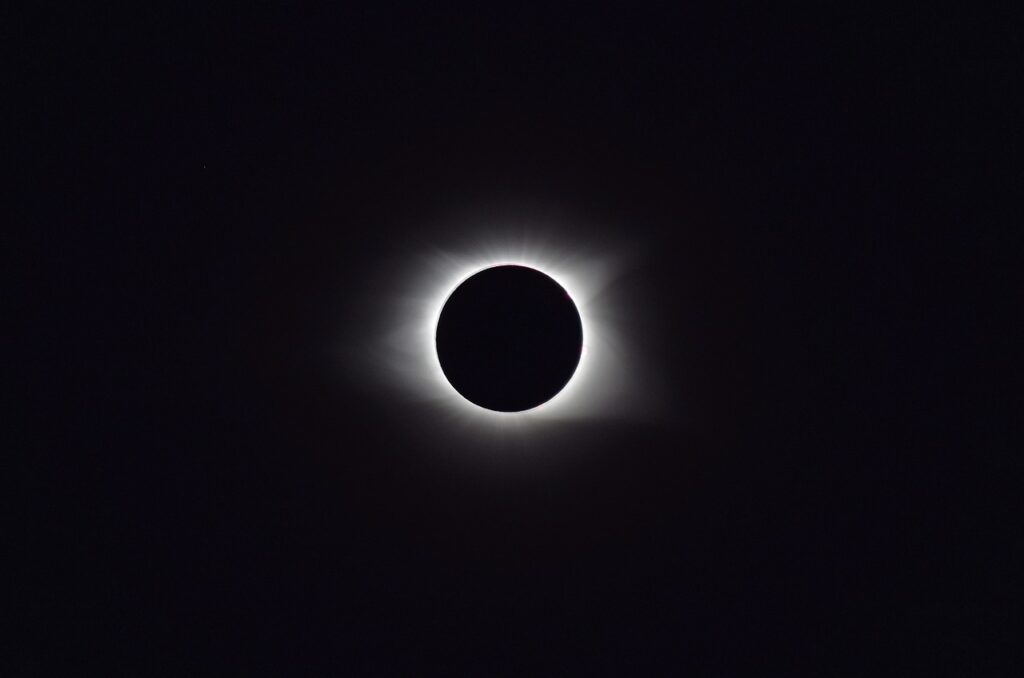
Following this event, the next total solar eclipse visible from the U.S. will occur on March 30, 2033, with totality lasting 2 minutes and 37 seconds over Alaska. Subsequent total solar eclipses will be visible from various U.S. states in 2044 and 2045, providing future opportunities for skywatchers to witness these awe-inspiring phenomena.
Although the 2024 total solar eclipse will not be visible from India, the country’s first space-based solar observatory, Aditya L1, will continue to study the sun from its unique vantage point at the Lagrange Point 1 (L1), approximately 1.5 million km from Earth. This mission will provide valuable insights into the sun’s behavior and its influence on our planet, contributing to our understanding of space weather and its potential impacts on technology and human activities.
As the world prepares for this rare celestial event, it serves as a reminder of the importance of scientific research and international collaboration in the field of astronomy. The 2024 total solar eclipse offers a unique opportunity for scientists to study the sun’s corona and its effects on Earth’s atmosphere, while also inspiring the public to appreciate the beauty and mystery of our universe.



